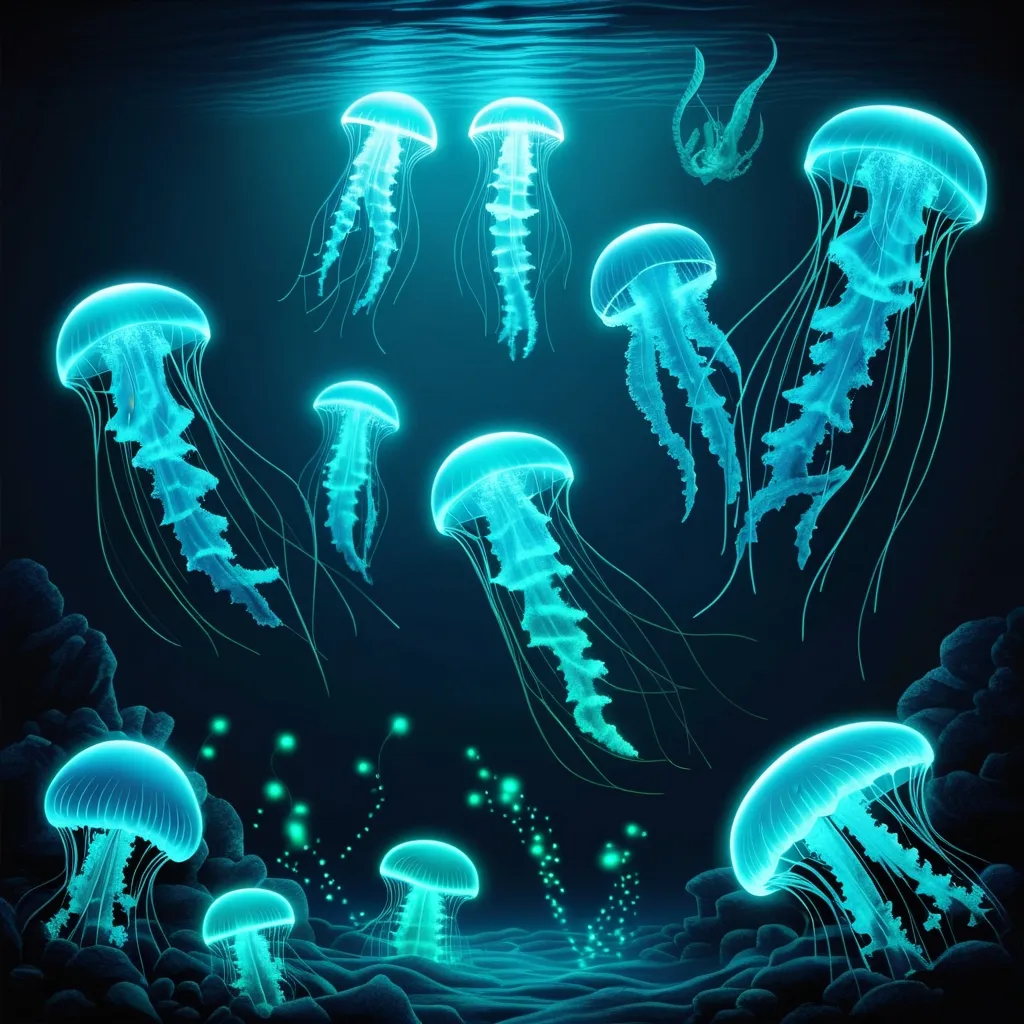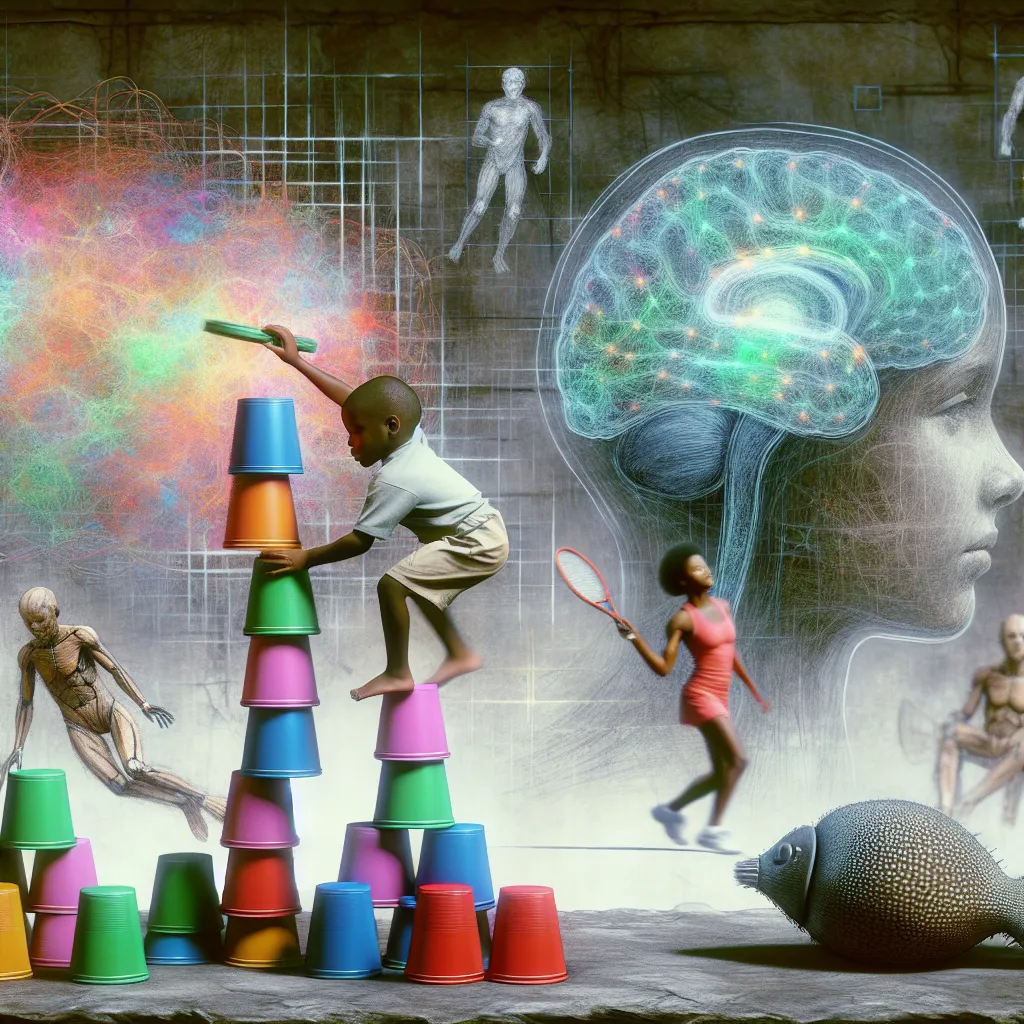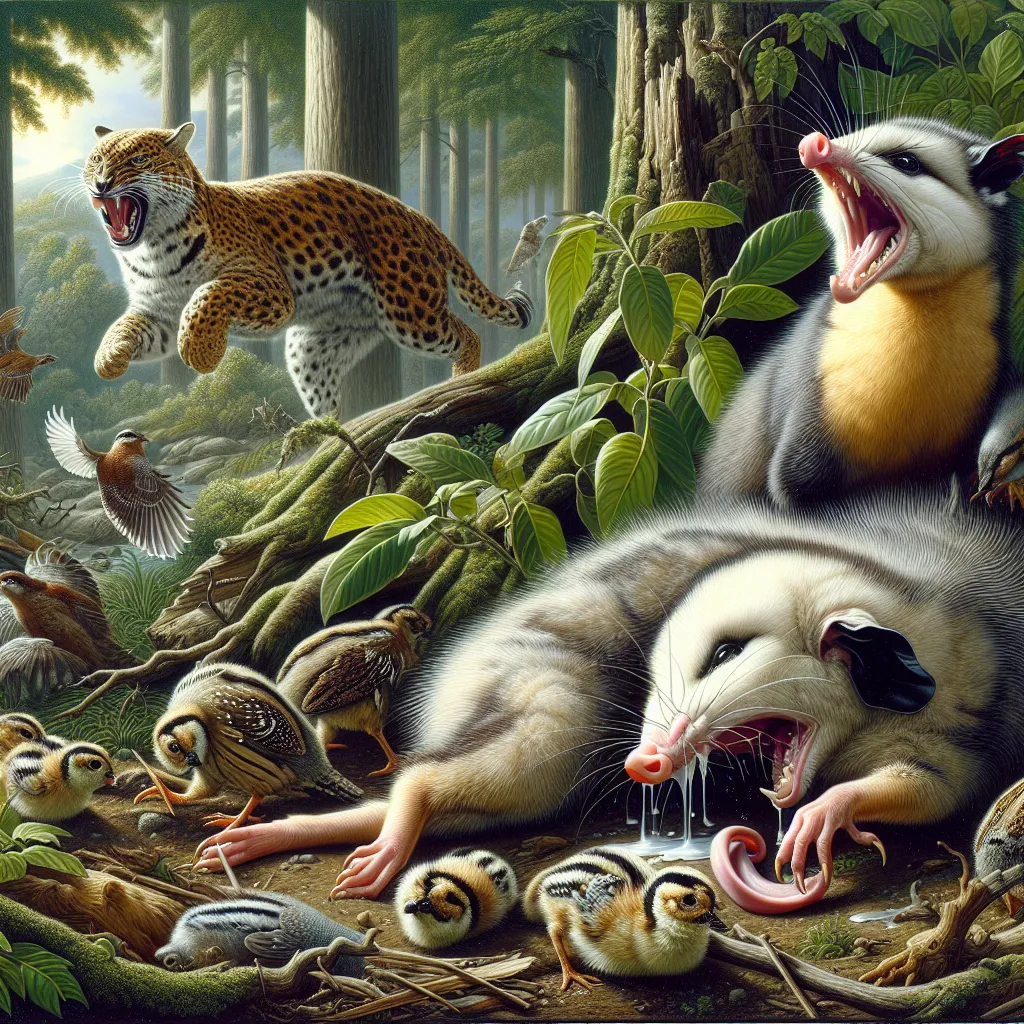Bioluminescence: Nature’s Dazzling Light Show
Ever wonder why fireflies twinkle on summer nights or how some sea creatures light up the ocean depths? It’s all thanks to a fascinating natural phenomenon called bioluminescence. This ability of living things to produce their own light has captivated humans for ages, and it’s not just pretty - it’s also pretty darn cool science.
Let’s dive into the glowing world of bioluminescence and uncover its secrets. At its core, bioluminescence is like a tiny light bulb inside an organism. But instead of electricity, it uses a chemical reaction to create light. The star players in this reaction are two chemicals with fancy names: luciferin and luciferase. Luciferin is the light-producer, while luciferase is the catalyst that kicks the reaction into high gear. When these two meet up with some oxygen, boom! You get light.
Now, this isn’t your average glow-in-the-dark sticker situation. Bioluminescence is its own thing, different from fluorescence or phosphorescence. Those need external light to work, but bioluminescence is a self-contained light show. It’s like nature’s very own portable lamp.
You might be thinking, “Okay, that’s neat, but where can I see this in action?” Well, you’re in luck because bioluminescence is all over the place in nature. Let’s start with everyone’s favorite light-up bug: the firefly. These little guys use their bioluminescence as a pickup line, flashing to attract mates. It’s like nature’s version of a dating app swipe.
But the real bioluminescence party is happening under the sea. Tiny marine plankton called dinoflagellates can turn the ocean surface into a twinkling wonderland at night. If you’ve ever seen the water sparkle when you swim in the dark, you can thank these microscopic light-makers.
Down in the deep sea, where it’s darker than your bedroom with the lights off and the curtains closed, bioluminescence becomes a survival tool. Take the anglerfish, for example. This deep-sea dweller has a built-in fishing rod on its head with a glowing lure. It’s like having a neon “Free Food” sign to attract prey in the pitch-black ocean.
Squid get in on the action too, using glowing tentacles as bait. And then there’s the red crown jelly, which turns itself into a light-up pinwheel when threatened. It’s like setting off a burglar alarm to call for backup from other predators. Talk about a creative defense mechanism!
Humans have been fascinated by bioluminescence for centuries, and we’ve found some pretty cool ways to use it. Back in the day, Roman naturalist Pliny the Elder noticed you could use jellyfish slime as a light source. Fast forward to World War II, and bioluminescent plankton were helping guide planes to safety. It’s like nature’s own GPS system.
But the real game-changer came with the discovery of green fluorescent protein (GFP) from bioluminescent jellyfish. This little protein has revolutionized biology research. Scientists use it as a biological highlighter, tagging genes and proteins to see what they’re up to inside cells. It’s like having a spy camera for genes.
The impact of GFP was so huge that the scientists who figured out how to use it won the Nobel Prize in Chemistry in 2008. That’s right, bioluminescence isn’t just pretty - it’s Nobel Prize-worthy science!
Today, bioluminescence is inspiring all sorts of cool innovations. There’s even a project that lets you create your own glowing plants at home. Imagine having a living night light that doesn’t need batteries. And in the medical world, bioluminescence is helping researchers understand diseases better by lighting up cellular processes.
If you’re itching to see bioluminescence in person, you’re in luck. There are places where you can experience this natural light show firsthand. In Florida, for instance, you can go on kayaking tours during the new moon to see bioluminescent plankton light up the water. Each paddle stroke creates a trail of glowing water - it’s like paddling through liquid starlight.
As technology advances, we’re learning even more about bioluminescence. Scientists are using special low-light cameras on underwater robots to study glowing creatures in their natural habitats. It’s like having a backstage pass to nature’s light show.
But bioluminescence isn’t just about cool science and pretty lights. It taps into something deeper in us humans. Light has always been a powerful symbol - of life, hope, and understanding. The fact that some living things can create their own light reminds us of the incredible diversity and adaptability of life on our planet.
Think about it - in the darkest depths of the ocean, where sunlight never reaches, life finds a way to create light. It’s a testament to the resilience and creativity of nature. And in a way, it’s a metaphor for human curiosity and innovation. Just as these creatures illuminate the darkness, our pursuit of knowledge lights up the unknown corners of our world.
Bioluminescence also highlights the interconnectedness of life. The chemical processes that allow a firefly to flash are remarkably similar to those that light up a deep-sea fish or a glowing mushroom in the forest. It’s a reminder that at a fundamental level, all life on Earth shares common threads.
As we continue to study bioluminescence, who knows what we might discover? Maybe we’ll find ways to create more efficient, eco-friendly lighting inspired by nature. Or perhaps bioluminescent organisms will help us develop new medical treatments or environmental monitoring tools.
The applications are already beginning to emerge. Some researchers are exploring how bioluminescent bacteria could be used to detect pollutants in water. Others are looking at how the principles of bioluminescence could be applied to develop new imaging techniques for medical diagnostics.
There’s even talk of using bioluminescent plants as a sustainable form of street lighting. Imagine walking down a path lit by glowing trees instead of electric lamps. It sounds like something out of a sci-fi movie, but it might not be as far-fetched as you think.
But beyond its practical applications, bioluminescence continues to inspire wonder and awe. It’s a reminder of the magic that exists in the natural world, often hidden from our everyday view. In a world that can sometimes feel dark and uncertain, the ability of tiny organisms to create light offers a spark of hope and beauty.
So next time you see a firefly flickering in your backyard or hear about a beach where the waves glow at night, take a moment to appreciate the wonder of bioluminescence. It’s not just a cool natural phenomenon - it’s a window into the intricate, interconnected, and often surprising world of life on Earth.
From the depths of the ocean to the forefront of scientific research, bioluminescence continues to light up our world in ways both profound and beautiful. It’s a reminder that sometimes, the most extraordinary things come in the smallest packages, and that the natural world still has plenty of secrets and surprises in store for us. Who knows? The next big scientific breakthrough might just come from a tiny glowing creature, silently lighting up the darkness.






